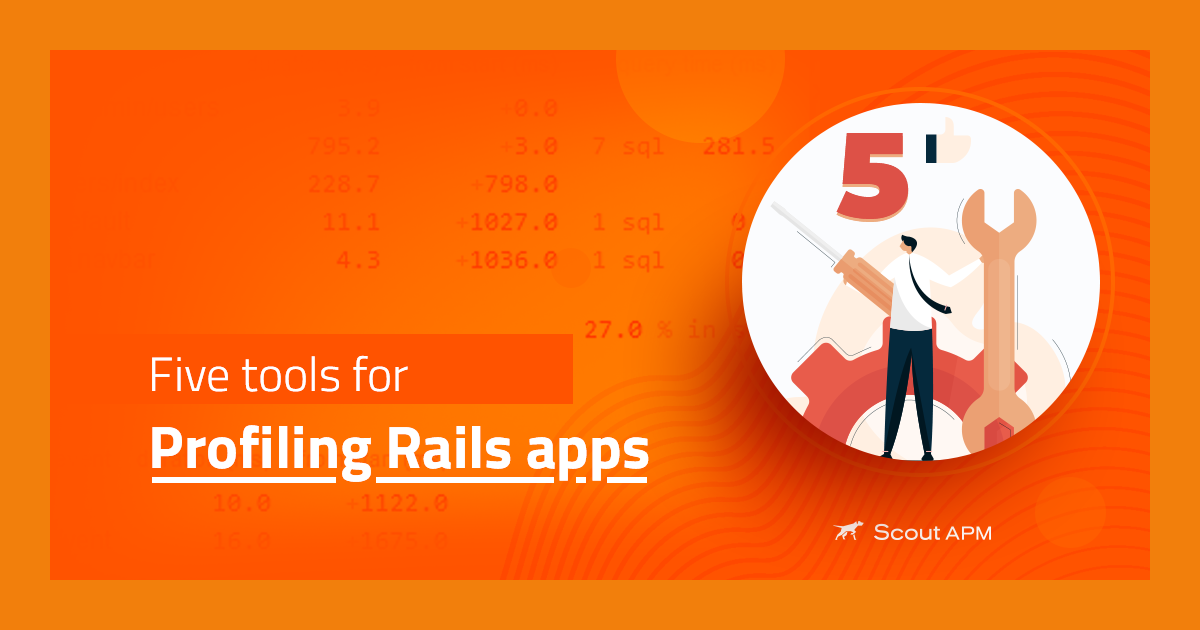What is Cloud Application Performance Monitoring?

Due to its complex nature compared to the on-prem architecture, the cloud presents several challenges to maintaining observability in your apps. This is why you need a robust cloud monitoring solution to care for your cloud-based apps and your cloud.
As more and more companies move their operations to the cloud, the need for cloud monitoring solutions continues to grow. Understanding the various aspects of cloud monitoring and how it affects your application is essential. This guide will break down cloud monitoring, discuss the benefits of implementing it, and share some tips on getting the most out of it.
What is Cloud Monitoring?
In simple terms, cloud monitoring is a way of reviewing and managing the resources and processes in a cloud environment. Cloud monitoring tools are used to understand how cloud resources are utilized and if there is room for improvement.
Unlike application performance monitoring, cloud monitoring involves a lot of moving parts. the architecture of your cloud monitoring setup relies heavily on the type of Clouds structure you have and your strategy. It can be quite different for infrastructure based on the public cloud versus an infrastructure based on a private cloud.
Cloud APM vs. Cloud Monitoring
Before moving ahead, it is important to understand the difference between a cloud APM and a cloud monitoring tool. Cloud monitoring is a broader umbrella term for multiple types of monitoring tools that ultimately aim to help you understand the performance and management of your cloud resources.
On the other hand, cloud APM is a type of APM that is hosted in the cloud. Cloud APMs do not require you to host them on your own infrastructure. The data they collect and the dashboards they create are hosted on the cloud, so you can access them anywhere.
Types of Cloud Monitoring
There are multiple forms of cloud monitoring active across the industry. Here are some of those.
Website Monitoring
Website monitoring refers to tracking the performance and availability of websites that are hosted on the cloud. Multiple methods can be used to determine a website's resource utilization and availability across the globe.
Database Monitoring
Databases form an integral part of any web application. Database monitoring focuses only on the performance of databases and aims to ensure that they do not become a bottleneck to your application. Such tools also keep an eye on the availability and downtimes of your databases.
Virtual Network Monitoring
In any cloud-based infrastructure, virtual networks play a huge role. Internal app communication is carried out on virtual networks. Virtual network monitoring tools ensure that these networks are not overloaded with traffic and that no connection in the network goes down.
Virtual Machine Monitoring
A vast majority of cloud-based resources are hosted on virtual machines. Virtual machines are a virtual alternative to physical hardware. Multiple VMs can be hosted on one physical machine to ensure maximum resource usage and effective resource sharing.
Virtual machine monitoring tools monitor the performance and health of the virtual machines in your cloud infrastructure. The incoming traffic, resource usage, active users, and uptime status is often monitored for VMs.
Cloud Storage Monitoring
In many apps, cloud storage is an important requirement. Cloud storage is used to hold files that are either infrastructure-specific or user-generated. Many apps also rely on cloud storage to store the configuration of their infrastructure. Cloud storage monitoring tools help to understand the allocation of storage resources to various VMs, services, databases, and apps. Cloud storage monitoring tools also track the performance, active users, database connections, and application associations for cloud storage resources.
Benefits of Cloud Monitoring
Now that you understand what cloud monitoring is, let’s take a look at some of the most important benefits a cloud monitoring tool like Scout provides to an application.
Enhances security
Cloud monitoring tools help to increase the security of your cloud-based apps as they come with basic checks on how to prevent common cybersecurity errors as well. Apart from that, they implement measures to ensure that your app and analytics data are safe and out of reach of prying eyes.
Enables a proactive risk management
Instead of reacting to issues that occur in your system, cloud monitoring can help you set up proactive measures to prevent issues from happening. Most tools can be automated to throw alerts when set thresholds are crossed and can even trigger automation that helps reduce the impact of an issue while notifying the right stakeholders about it.
Helps reduce surprise cost spikes
Cloud monitoring tools generally offer a subscription-based pricing model that helps keep costs low as you can opt-out of or tone down on the services as and when needed. Additionally, visibility into a resource's performance and usage also helps you know the costs coming at the month's end. This helps prevent any surprise bills since you can see the costs pile up throughout the month.
Can be scaled easily
Drawing upon the cloud’s ability to scale easily, cloud monitoring tools can also scale up in response to the incoming workloads to meet the app’s requirements. Unlike traditional monitoring setups, you do not need to take manual actions to ensure that your application is properly covered by your APM tool.
Offers uniform experience across platforms
Since the cloud monitoring tools are based on the cloud and not on a local/on-prem system, they are not bound by your local system’s specifications. You can easily set up cloud APM tools to monitor your app’s performance across all its target devices/environments.
Are Disaster-proof
Since the cloud monitoring tools are not hosted locally, they are virtually disaster-proof. Any changes you make to your app or infrastructure do not affect how cloud-based monitoring tools function. There is a rare chance of a cloud APM going down; hence you can rely on them to help establish highly available visibility into your apps.
Cloud Monitoring Best Practices
Migrating to the cloud and setting up a cloud monitoring tool is not enough. Here are some best practices you can implement to ensure you get the most out of your cloud monitoring efforts.
Decide on What To Monitor
Common mistakes companies make when setting up cloud monitoring is not to start with a clear strategy. You need to know what you are looking for to gain accurate results with cloud monitoring.
Figure out the activities and components of your application that you want to monitor. Next, understand which metrics are available and which of those are essential to your business function. Set up your cloud monitoring tool with those metrics and define thresholds that help you understand when an app’s performance goes down.
Maintain a Single, Unified Reporting Platform
Since the data for a cloud monitoring solution comes from multiple sources, it is important to unify it and present it in a shared dashboard that everybody can refer to. Without a unified reporting solution, you and your stakeholders will have difficulty determining where to look for monitoring data.
Keep an Eye On Your Costs
Cloud monitoring tools come with their own costs, and it is easy to pile up a massive bill if you do not set up the tool correctly. This is why keeping an eye on the cloud monitoring tool costs is also essential.
With increasing usage over the month, the cost of your monitoring tool will go up. Make sure you are on the right pricing plan for your use case. Also, set up alerts to notify you when a particular cost mark is crossed so that you know how much your cloud monitoring tool costs you.
Use Thresholds Effectively
Do not shy away from using thresholds. Thresholds are not only meant for cost analysis of your APM tool; you should also implement thresholds on all of your app’s metrics. Without an effective threshold, your cloud monitoring tool becomes a simple data collection solution that keeps looking at your app’s performance but does nothing to improve it in real-time.
You can use thresholds in multiple ways. Sending out alerts, increasing resource limits, provisioning extra resources, etc., are just a few ways in which you can use thresholds to make your cloud-based app proactive.
Conclusion
The cloud is one of the best innovations to have happened in the technology industry. With the rise of cloud-based applications, app costs have declined, and end-user experience has improved drastically.
However, just like any other form of application deployment, you need to set up effective monitoring solutions to ensure that your apps are performing up to the mark. Cloud monitoring tools can help you do so. In this guide, you will see cloud application performance monitoring in detail, its benefits, and some of the best practices you can implement to get the most out of your cloud monitoring efforts.
Scout APM is a popular choice when it comes to cloud monitoring. Scout offers a 14-day free trial for you to try it out with your apps and experience the difference for yourself!





